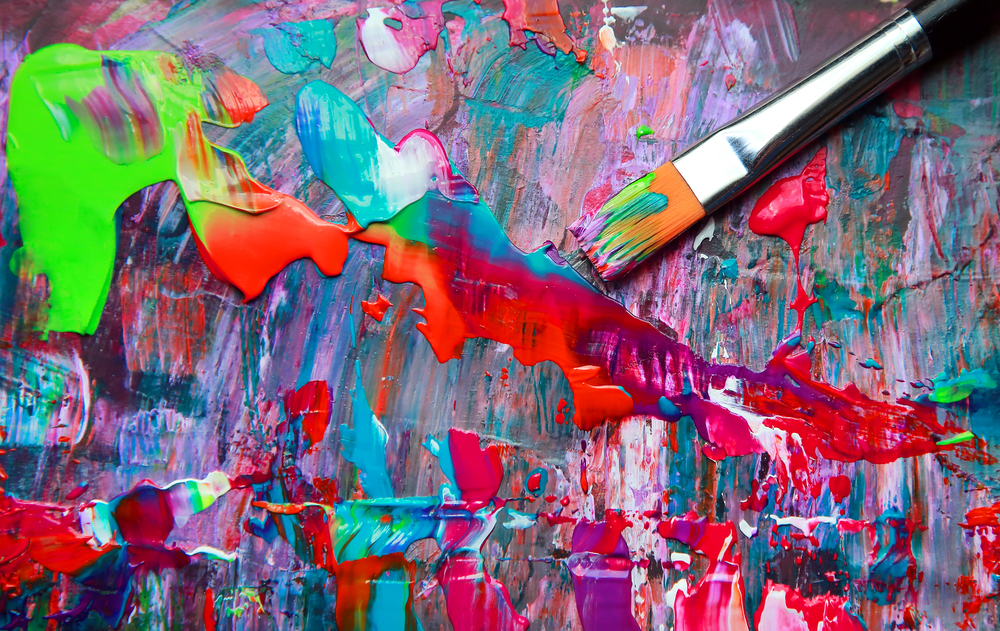The Whitney Museum has unveiled its plans for a permanent art installation at the south edge of Ganesvoort Peninsula on the Hudson River, just south of where the Pier 55 “floating park” would have been located. Designed by artist David Hammons, the installation would be directly across from the museum and serve as a tribute to the original Pier 52.
The Details
Entitled “Day’s End,” the design reflects an open structure that functions as “ghost monument” of the original pier shed, which was in place during the 19th and 20th centuries when the New York shipping industry was in its prime. The monument also serves as a tribute to the area and its history, particularly its historical significance as a gathering place for the city’s gay community.
The Whitney Museum presented the proposal to the Manhattan Community Board 2 meeting last week, with the Hudson River Park President and CEO Madelyn Wils giving it her support. If approved, the structure will be made from stainless steel designed in such a way to allow it to shimmer and almost disappear along with the changing light of the day and atmospheric conditions.
The History of the Whitney Museum
The Whitney Museum was founded by sculptor Gertrude Vanderbilt Whitney, who served as an advocate for living American artists who found it nearly impossible to exhibit and sell their work. To help artists overcome these obstacles, Whitney began purchasing and showcasing their work. As a result, she became the leading patron of American art from 1907 until her death in 1942.
The roots of the Whitney Museum as we know it today began in 1914, at which time Whitney established the Whitney Studio in Greenwich Village. By 1929, her assembled works of living American artists grew to more than 500, which she offered with an endowment to The Metropolitan Museum of Art. After the offer was refused, Whitney started her own museum in 1930: The Whitney Museum of American Art. The museum had one important mandate: to focus only on the art and artists in the United States.
In 1931, the museum opened its doors at West Eighth Street in Greenwich Village. By 1954, it had moved to an expanded site on West 54th Street. It soon outgrew its new location and was moved to Madison Avenue at 75th Street in 1966. The current building at 99 Gansevoort Street opened in 2015.
About the Whitney
The Whitney was the first museum to establish corporate-funded branch museums in other parts of the city and surrounding area, thereby allowing it to expands its exhibitions and programming beyond its own walls. As the preeminent institution devoted to art in the United States, the museum houses a full range of twentieth-century and contemporary American art.
Situated between the High Line and the Hudson River, the new Renzo Piano-designed Whitney building has vastly increased the museum’s exhibition and programming space. The new building allows for the most expansive view ever of the museum’s unsurpassed collection of modern and contemporary American art.

